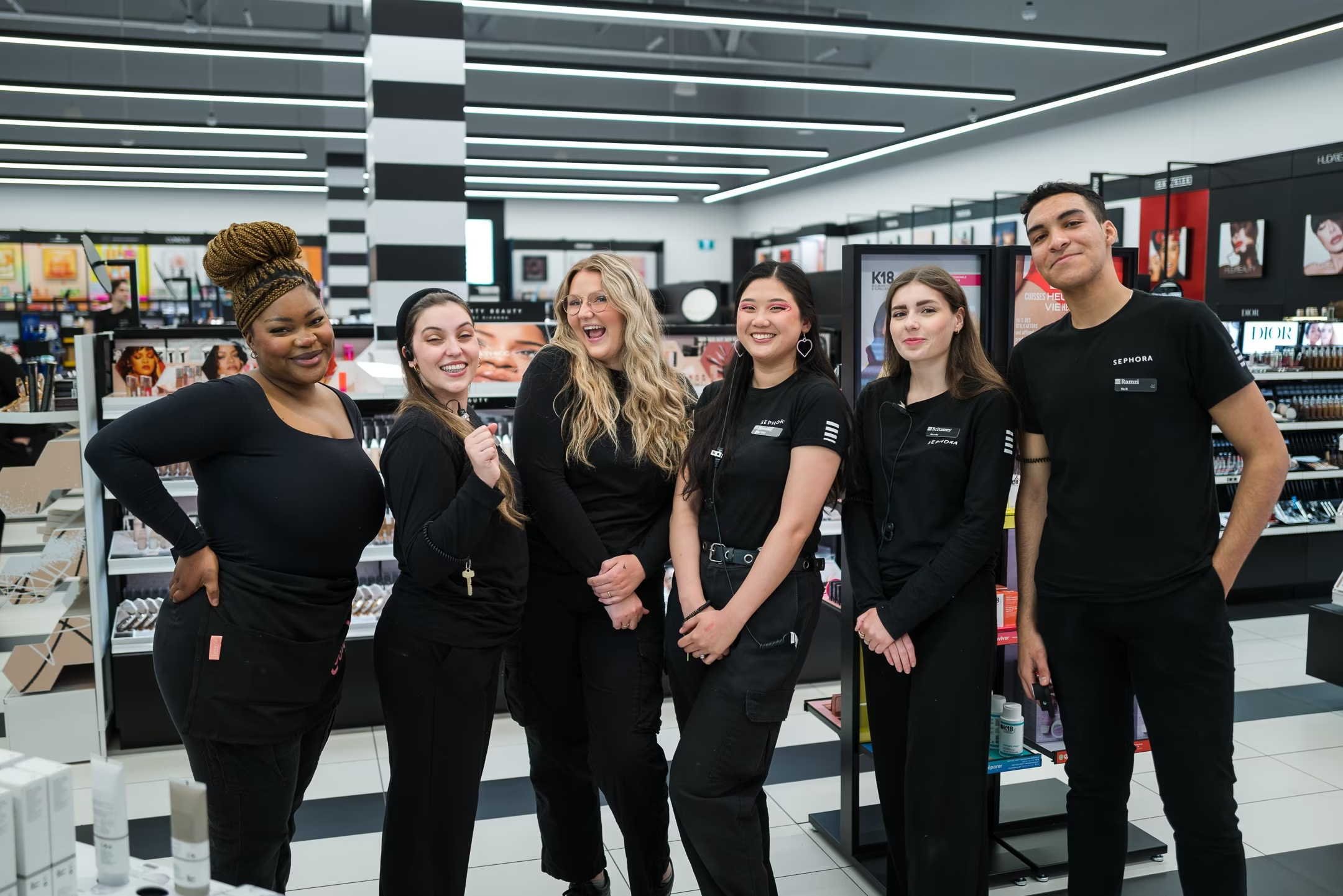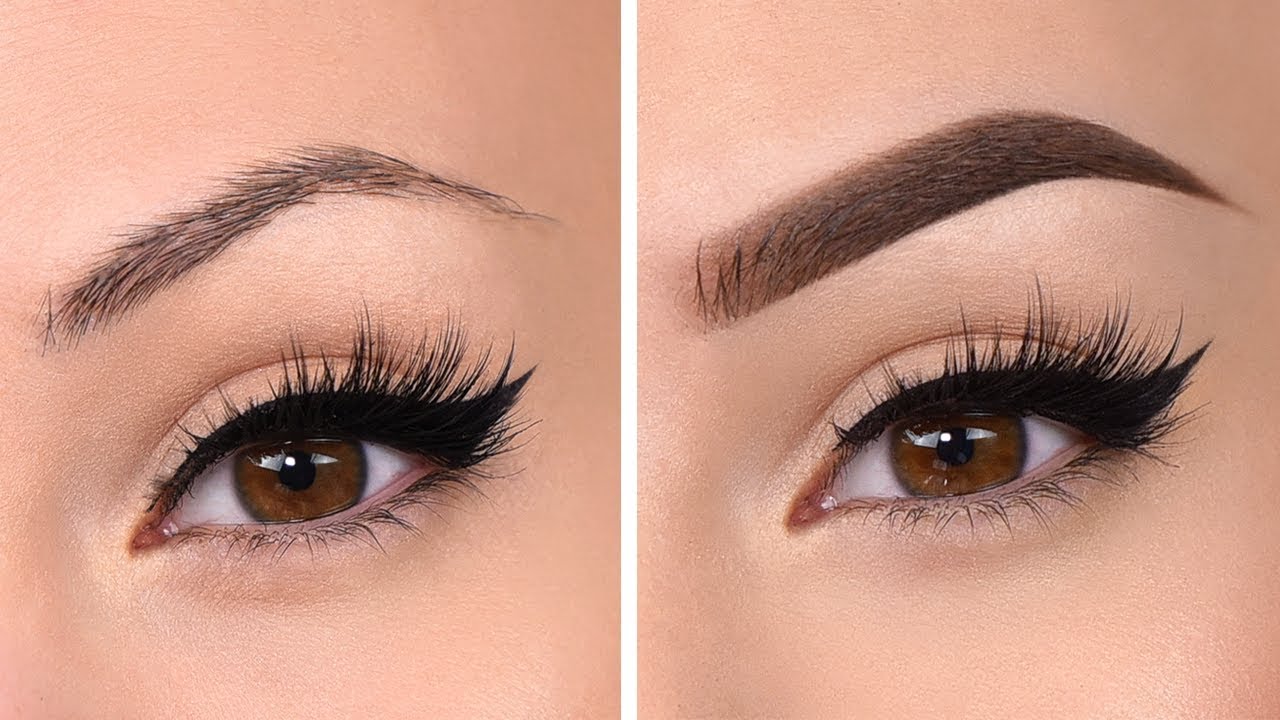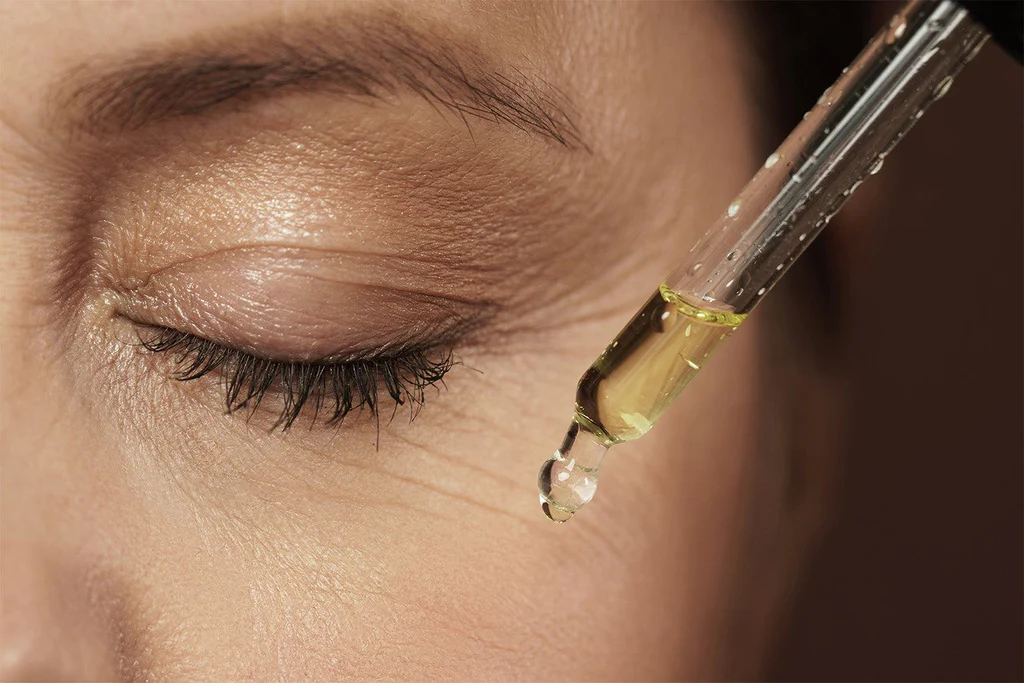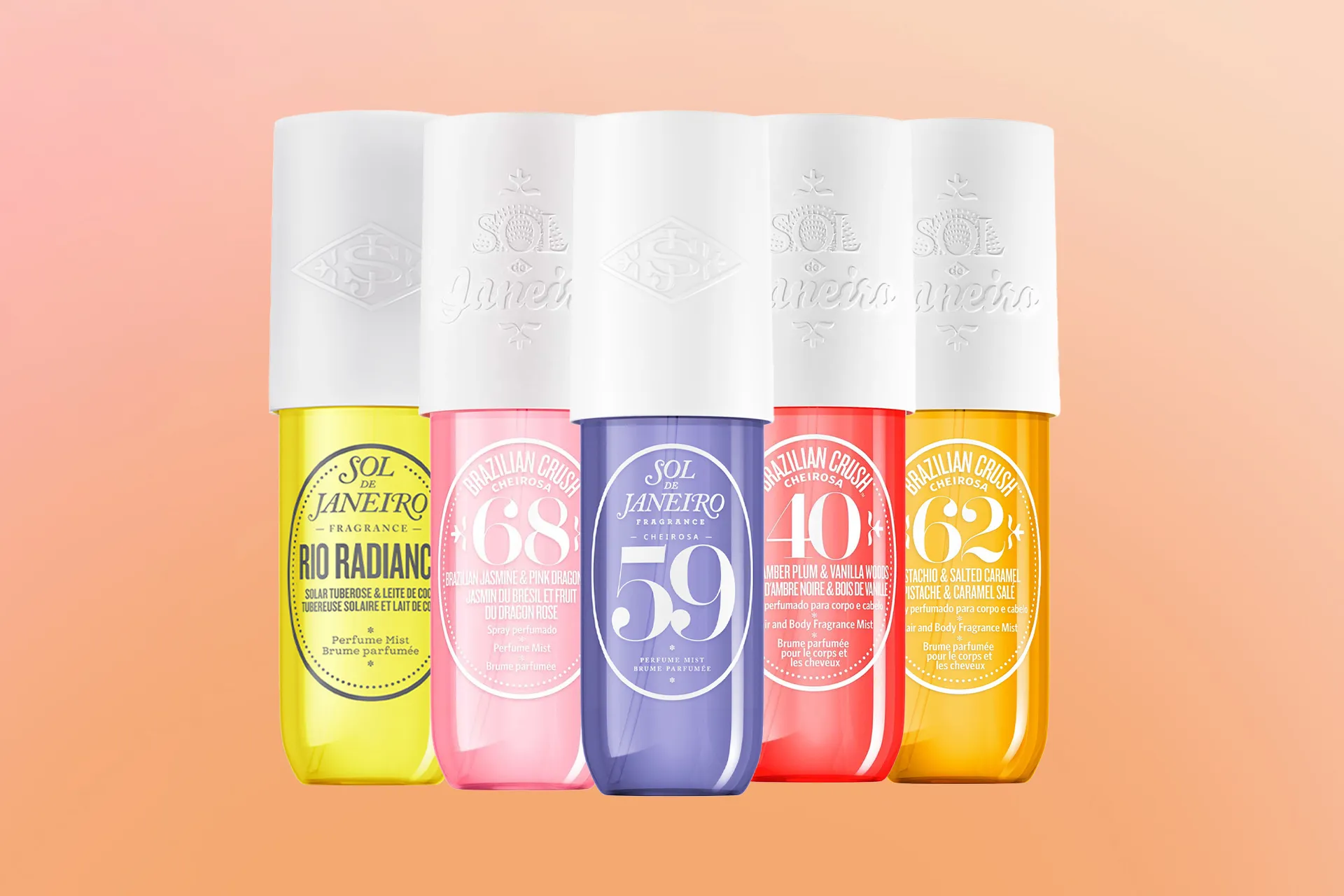
 By
Your Beauty Plug
By
Your Beauty Plug
Do you want to improve the appearance of your skin without surgery or downtime? If so, you may be interested in Ultherapy, a non-invasive procedure that uses ultrasound energy to stimulate collagen production and tighten skin on the face, neck, and chest. Ultherapy is the only device of its kind that is FDA-cleared to lift tissue on the brow, neck (including the jawline), and under the chin, and to improve lines and wrinkles on the décolletage. In this blog post, we will explain what Ultherapy is, how it works, what to expect, and answer some frequently asked questions.
Ultherapy is a procedure that uses high-focused, intense ultrasound energy to gently heat the tissue below the surface of your skin, stimulating the body’s natural collagen growth. Collagen is a protein that gives your skin strength and elasticity. As we age, collagen breaks down, resulting in loss of skin firmness and sagging. Ultherapy helps produce new collagen growth, which in turn lifts and tightens the skin over time. Ultherapy can also reduce the appearance of fine lines and wrinkles in the treated area.
Ultherapy is different from other skin tightening procedures, such as lasers and radiofrequency, because it bypasses the surface of the skin and delivers the energy precisely to the optimal depth and temperature for collagen regeneration. Ultherapy also uses ultrasound imaging, which allows the provider to see the layers of tissue they are treating and ensure the energy is delivered where it will be most beneficial.
Ultherapy is FDA-cleared to treat the following areas:
Ultherapy can also be used off-label on other parts of the body with loose skin, such as the abdomen, arms, knees, and thighs. However, the results may vary depending on the individual and the area treated.
Before Ultherapy, you will have a consultation with your provider to discuss your goals, expectations, and medical history. Your provider will examine your skin and determine if you are a good candidate for Ultherapy. You will also receive instructions on how to prepare for the procedure, such as avoiding sun exposure, anti-inflammatory medications, and blood thinners.
During Ultherapy, your provider will cleanse your skin and apply ultrasound gel. Then, they will place the Ultherapy device on your skin and use the ultrasound imaging to see the targeted tissue. Next, they will deliver the ultrasound energy to the desired depth and temperature, triggering the collagen production process. You may feel some tingling, warmth, or discomfort as the energy is delivered, but this is normal and temporary. The procedure can take from 30 minutes to 2 hours, depending on the area and the extent of treatment.
After Ultherapy, you may experience some redness, swelling, bruising, tenderness, or numbness in the treated area, but these side effects are usually mild and resolve within a few days. There is no downtime after Ultherapy, so you can resume your normal activities right away. However, you should avoid sun exposure and use sunscreen to protect your skin. You may also be advised to follow a skincare regimen to maintain your results.
You may see some immediate improvement after Ultherapy, as the heat contracts the existing collagen fibers, but the full results will take time to develop as new collagen grows. Most patients see the optimal results after 3 to 6 months, but some may continue to see improvement up to a year after the treatment. The results of Ultherapy are natural-looking and gradual, so you will not look like you had “work done.”
The results of Ultherapy can last for 1 to 2 years, depending on your skin condition, lifestyle, and aging process. However, Ultherapy does not stop the aging process, so you may need touch-up treatments to maintain your results. Your provider will recommend the best treatment plan for you based on your goals and needs.
Here are some common questions and answers about Ultherapy:
Ultherapy is a non-invasive procedure that uses ultrasound energy to stimulate collagen production and tighten skin on the face, neck, and chest. Ultherapy can improve the appearance of lines and wrinkles, lift the brow, neck, and chin, and smooth out the chest. Ultherapy is suitable for most people who want to enhance their skin without surgery or downtime. Ultherapy has minimal side effects and no recovery time, and the results are natural-looking and long-lasting. If you are interested in Ultherapy, you should consult with a licensed provider who can evaluate your skin and recommend the best treatment plan for you.




